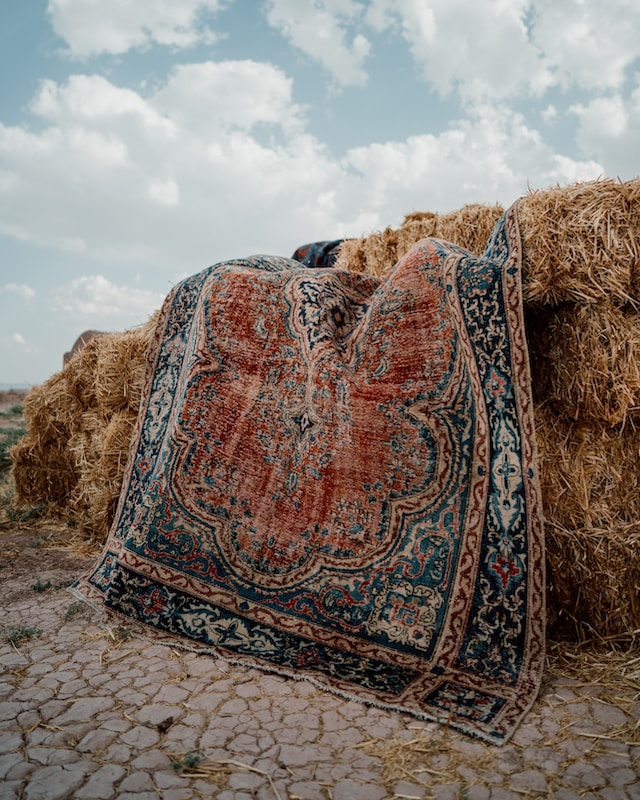
native american rugs Carpet
History and significance of native American rug making
Native American rug making holds a rich history and significant cultural importance. For centuries, indigenous tribes across North America have utilized weaving techniques to create beautiful and intricate rugs that not only serve as practical household items but also reflect the artistic traditions and beliefs of their creators.
The art of rug making has been passed down through generations, with each design and pattern holding symbolic meaning and representing elements of nature, spirituality, and tribal identity. The use of natural materials such as wool, cotton, and dyes derived from plants further connects these rugs to the land and the environment in which they are created.
These rugs are not simply decorative pieces; they are a form of storytelling, preserving the histories and traditions of Native American peoples. Each rug tells a unique story, whether it be depicting images of animals, geometric patterns, or symbols of protection and prosperity.
In addition to their cultural significance, Native American rugs have also gained recognition for their exceptional craftsmanship and artistic value. Many collectors around the world prize these rugs for their beauty and intricacy, showcasing the talent and skill of the weavers who create them.
Overall, Native American rug making is an important part of indigenous culture that continues to thrive today. By honoring traditional techniques and designs while also incorporating modern influences, Native American weavers keep this ancient art form alive for future generations to appreciate and cherish.


